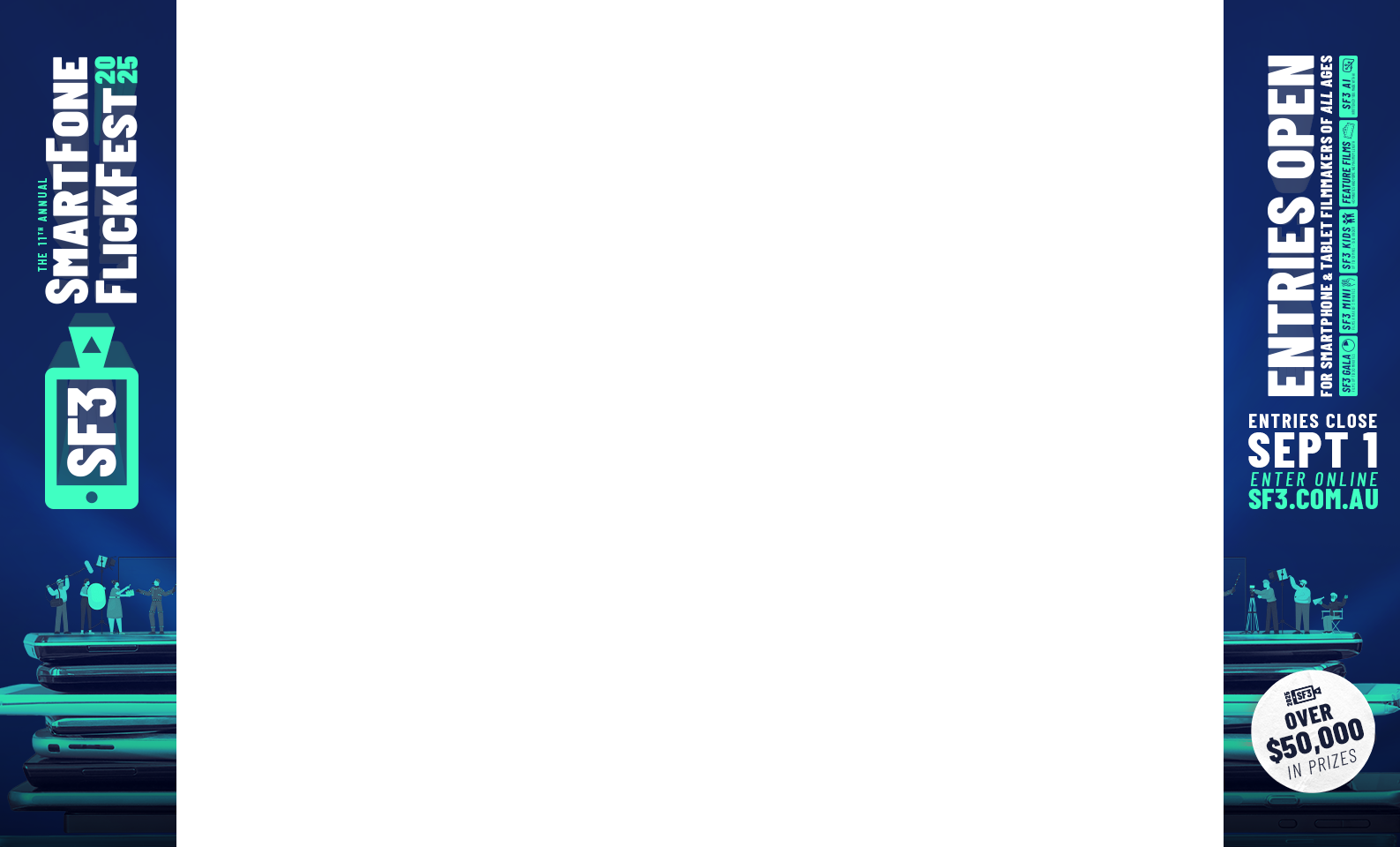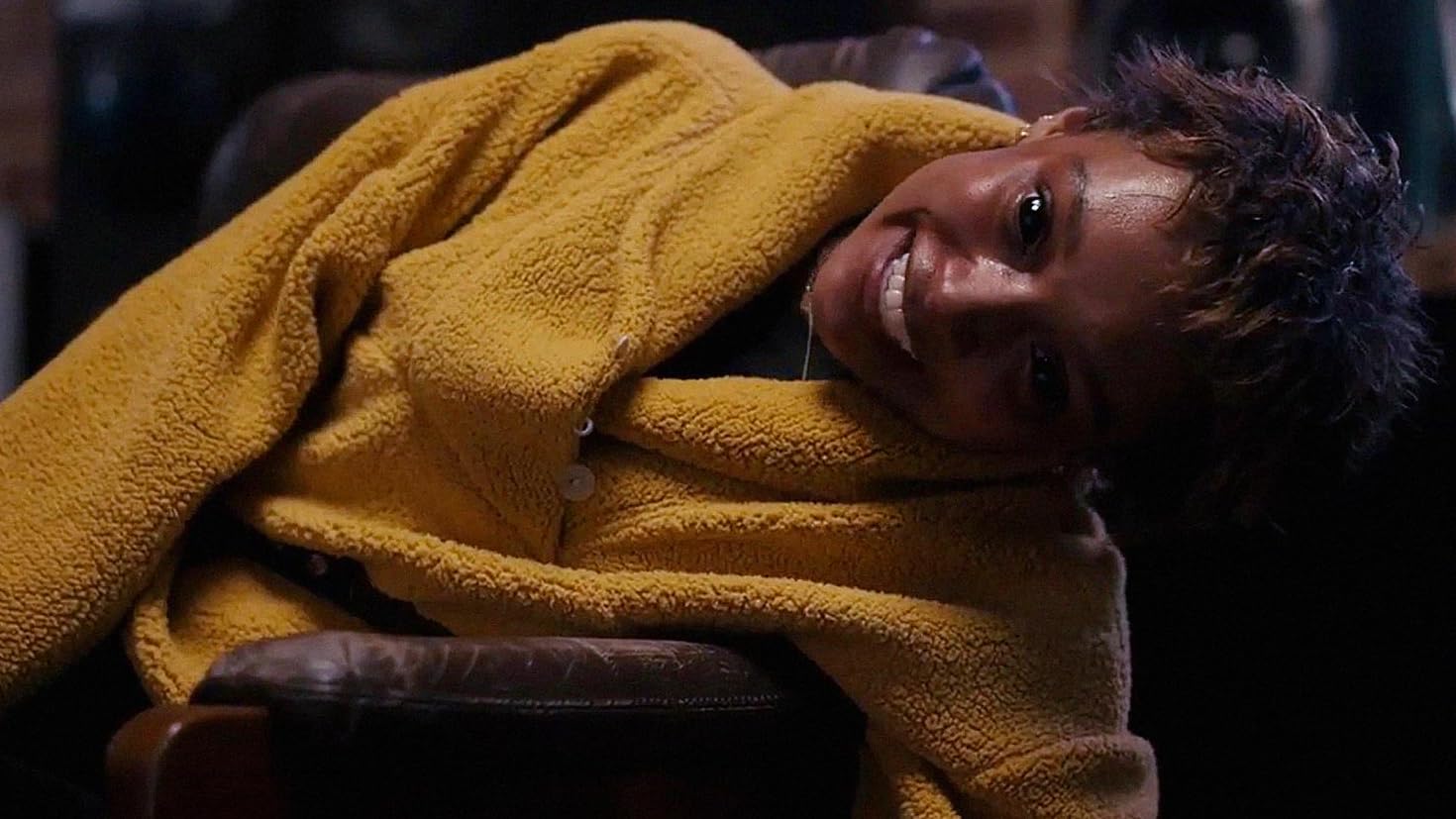by Samuel Cook
Halloween is here again. Time to dust off The Exorcist, Halloween, Nightmare on Elm Street, Hubie Halloween. But lately, a different kind of chill has crept in from the southern hemisphere.
A new wave of filmmakers from Australia are delivering some of the most daring, emotionally intelligent horror and sci-fi of the decade. They’re reminding us of something Hollywood often forgets: fear doesn’t need a franchise or a fortune. It just needs focus.
Australian horror doesn’t scream from the rooftops. It whispers from the outback, and the world is finally listening.
Chaos, Creativity, and the New Face of Fear
Australian genre cinema has always punched above its weight. The 1970s and ’80s gave us Ozploitation, films like Mad Max and The Cars That Ate Paris that were scrappy, fearless, and unafraid to get weird.
The 2008 documentary Not Quite Hollywood celebrated this rebellious era, establishing an attitude that was self-aware and unapologetically local.
But somewhere between then and now, something fundamental changed. With Netflix, Hulu, and Disney+ releasing horror directly to home devices, the genre competes with TikTok scrolls, parlays from the best online casino sites, and Amazon wishlists. One moment you’re watching, the next you’re distracted. A character dies offscreen. The cinematic experience is diluted.
Fast-forward to 2025. Australian filmmakers are reclaiming what’s been lost, crafting films designed for theatrical intimacy, Film Festivals, and audiences who’ve chosen to sit in the dark and actually engage. The rawness of Ozploitation remains, but it is refined for Gen Z.
The fearlessness remains intact, now paired with technical sophistication and psychological depth.
What Makes Australian Horror Different?
Australian genre films tap into something primal and distinctly local. The nation’s vast, isolated, often hostile geography becomes more than a setting. It becomes a character itself, a metaphor, a source of existential dread.
Innovation born from constraint has become the calling card. Without Hollywood budgets, Australian filmmakers do more with less.
Practical effects replace CGI spectacle. Psychological tension substitutes for jump scares. Sound design builds dread where expensive set pieces might live. The result is cinema that feels both intimate and universal, resonating globally while remaining distinctly Australian.
The Philippou Brothers
If there’s a face to Australia’s genre renaissance, it belongs to Danny and Michael Philippou. The brothers built their audience through YouTube’s RackaRacka channel before making the leap to features with 2023’s Talk to Me. The film proved they weren’t just internet comics with cameras.
Talk to Me became a global phenomenon, earning over $90 million worldwide and landing A24 distribution. The film follows teenagers who discover they can communicate with the dead through an embalmed hand, leading to possession and trauma that feels genuinely earned.
What sets the Philippous apart is their ability to balance visceral horror with emotional authenticity. The scares land because the characters matter.
Since Baz Luhrmann’s Australia (2008) and Warwick Thornton’s Samson & Delilah (2009), few Australian filmmakers have achieved this level of international breakthrough. The Philippous arrived at precisely the moment when global audiences hunger for voices outside the Hollywood system.
Monolith And The Power of Restraint
Suppose there was ever a case study for the great work going on down under. In that case, Matt Vesely’s Monolith captures the same raw, authentic energy as the Philippou brothers’ work, but through quiet precision and meticulous cinematography.
The story follows a disgraced journalist, known only as “The Interviewer,” who turns to podcasting to resurrect her career. She is nameless, faceless, and deeply unreliable. That anonymity is deliberate. Monolith does not rely on star power. It relies on presence.
Her investigation into mysterious black bricks linked to disappearances unfolds through audio recordings and interviews. As she digs deeper, the line between journalism and obsession blurs. The audience experiences the monolith mostly through her descriptions and the sounds around her.
Shot almost entirely inside a sleek, modern house bathed in greys and shadows, Monolith turns limitation into style. The camera moves sparingly, but tension hums in every corner. Dread creeps in silence, in the pauses between breaths. Sound carries the story, the click of a recorder, a tremor in her voice, the crackle of static.
Vesely proves that suspense does not need spectacle. Every frame, every sound choice, feels deliberate. It’s genre filmmaking at its most confident.
Hollywood’s Missed Opportunity
The contrast is stark. While Australian films build tension organically, Hollywood increasingly designs for distraction. Recent releases prioritise immediate impact, jump scares, and set pieces engineered for social media clips and memes.
Sequels and reboots in M3GAN 2.0 and 28 Years Later trade on established IP to guarantee interest. These films aren’t bad, but they’re built for distracted eyes.
Australian filmmakers design for theatrical intimacy. Their work requires attention. The Philippous craft scares that land harder in packed theaters. Vesely constructs soundscapes that demand headphones and darkness. These films trust audiences to sit with discomfort rather than pandering.
In the end, this new wave feels less like a trend and more like a reclamation. The big studios chase algorithms, while the Australians chase emotions. And in a world addicted to noise, it’s those quieter, stranger voices, from the outback and the dark corners of the human psyche, that are making the loudest noise of all.
A Genre Renaissance
Australian horror and sci-fi are flourishing, capturing global attention with stories that are bold, inventive, and unmistakably Australian.
Filmmakers embrace dark humour, the patience to sit with discomfort, and the sense that isolation can be both beautiful and terrifying.
The result is cinema that feels urgent, intimate, and lingering, asking audiences to engage with shadows, silence, and what remains unspoken.
As Halloween approaches, add Australian titles to the rotation.
Talk to Me proves horror lands hardest when it hurts. Monolith shows tension can grow from sound, shadow, and careful pacing.
Together, they signal that the future of genre cinema is being written far from Hollywood, whispered from the outback, and finally reaching the world.




